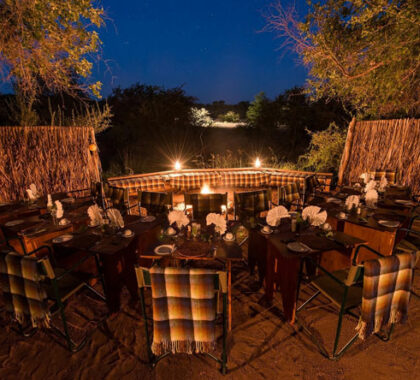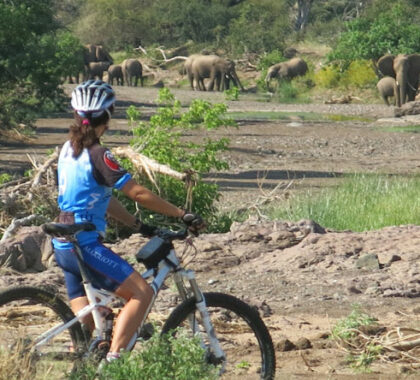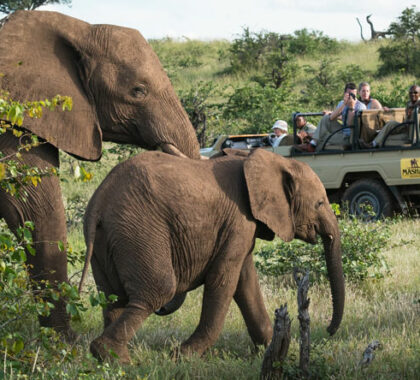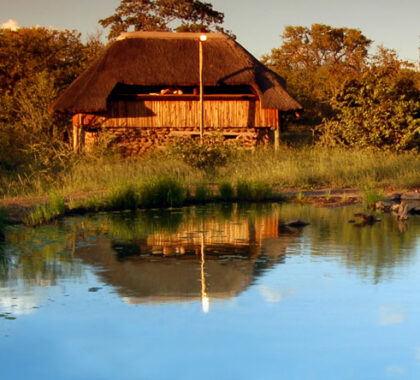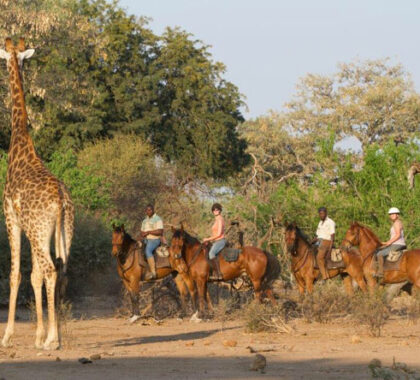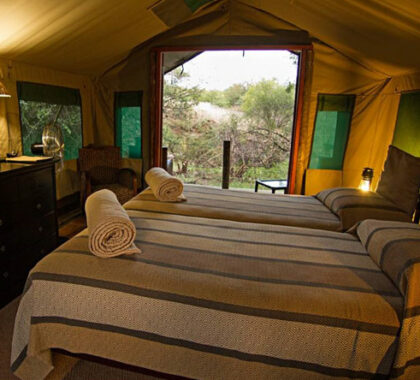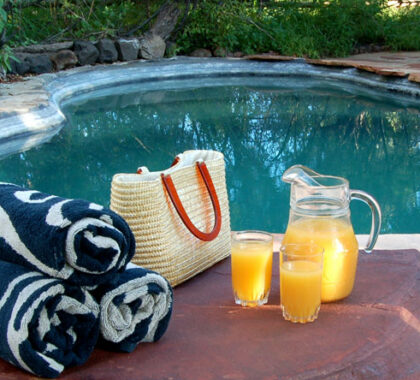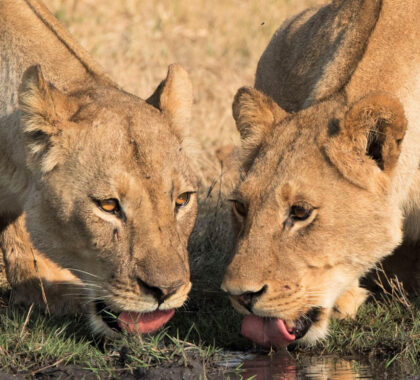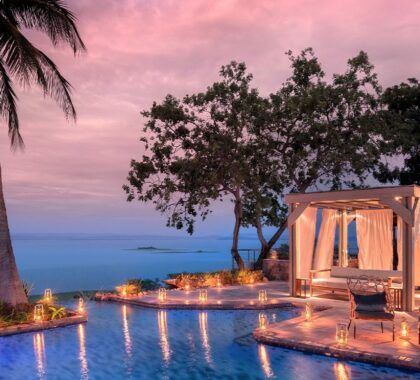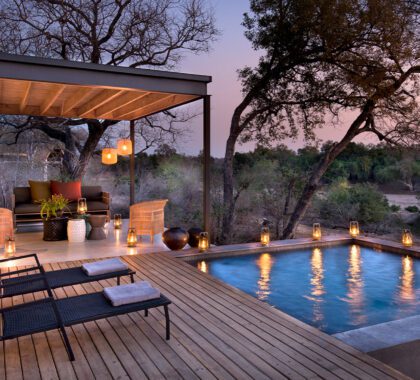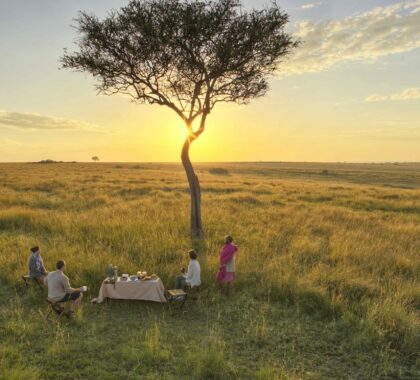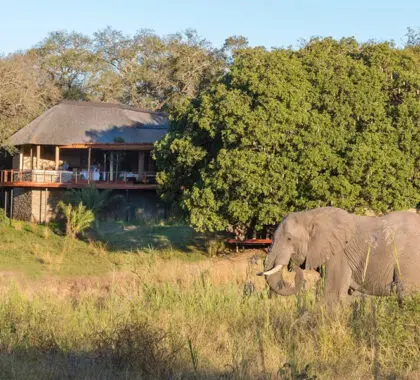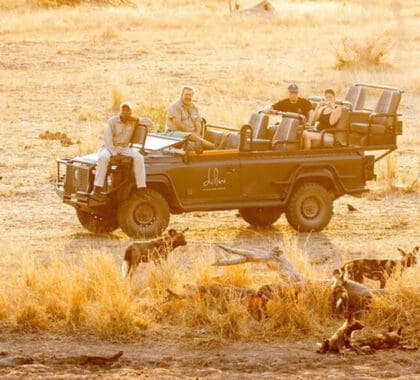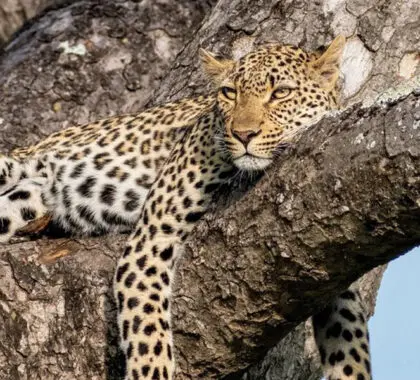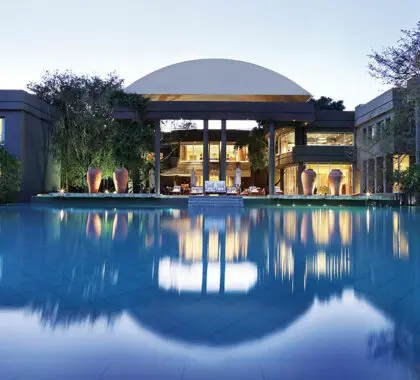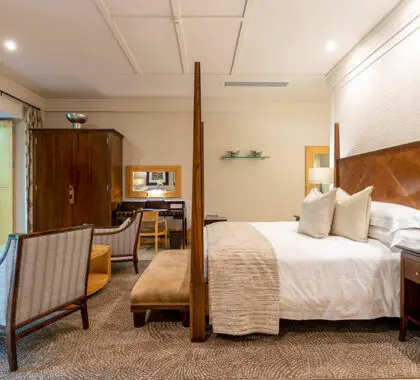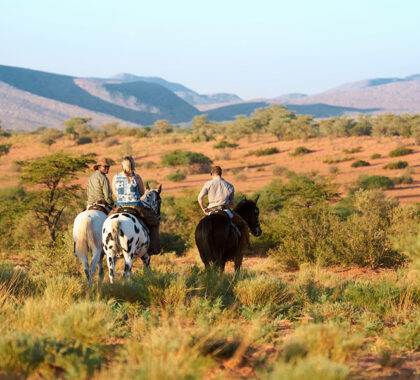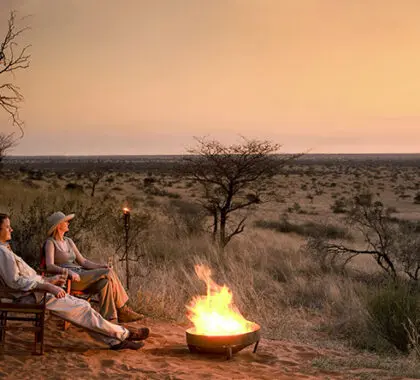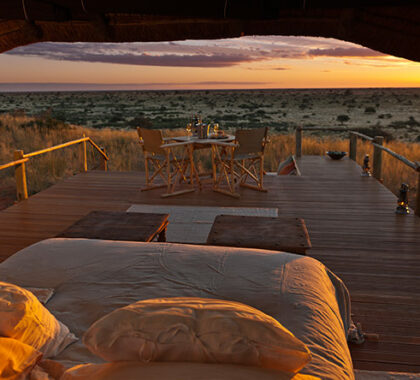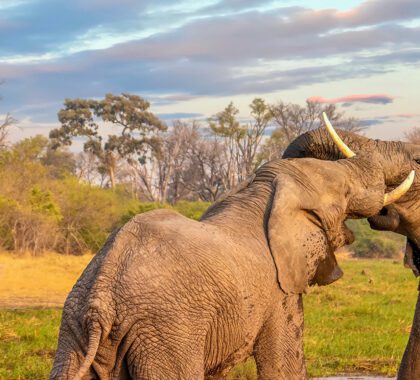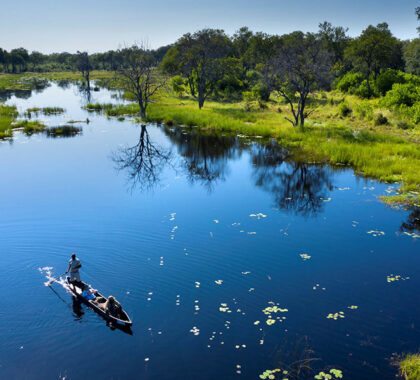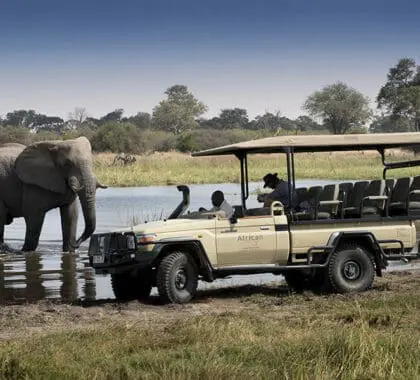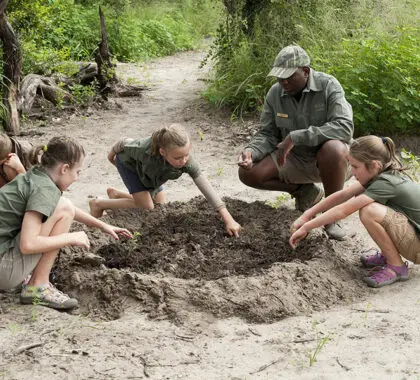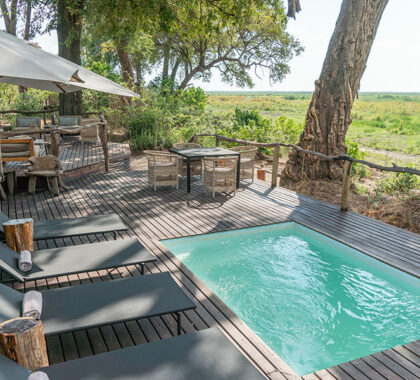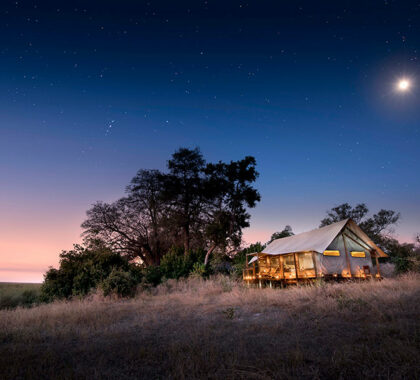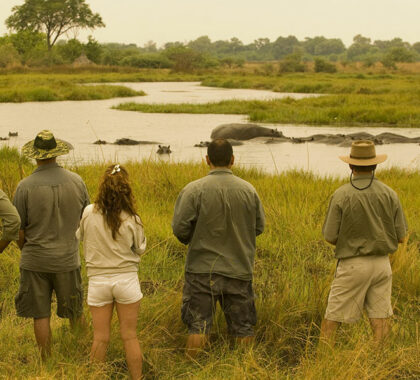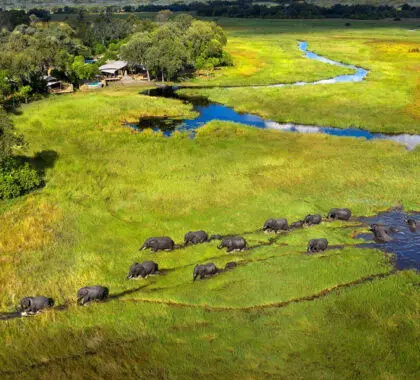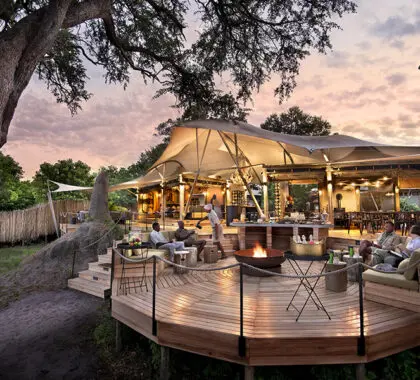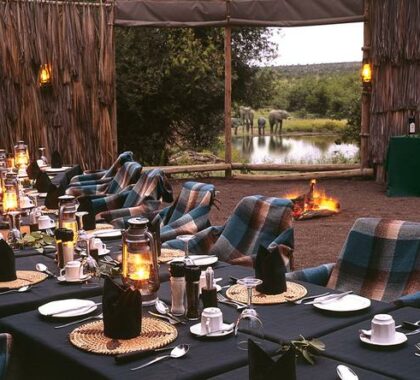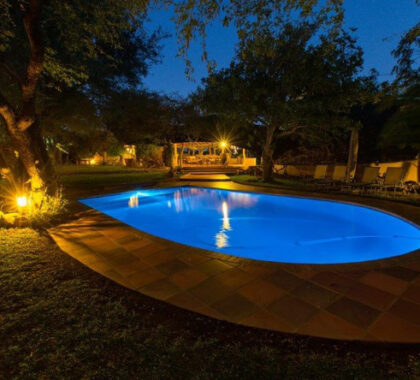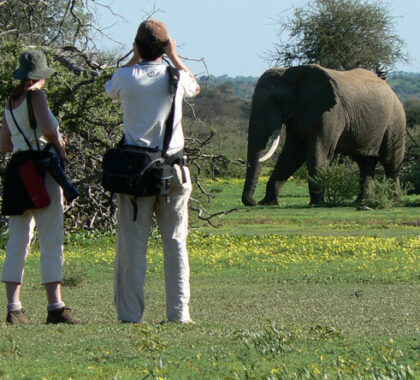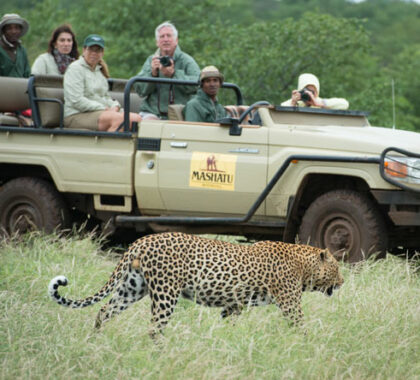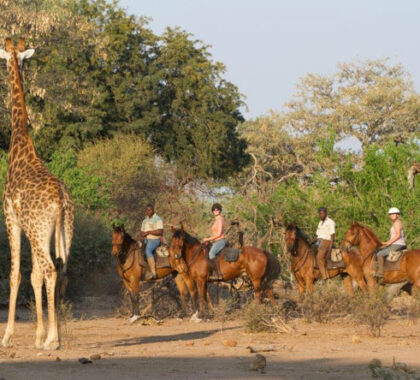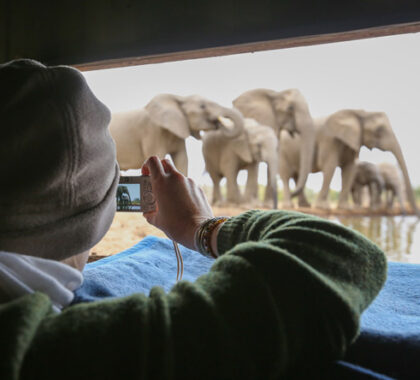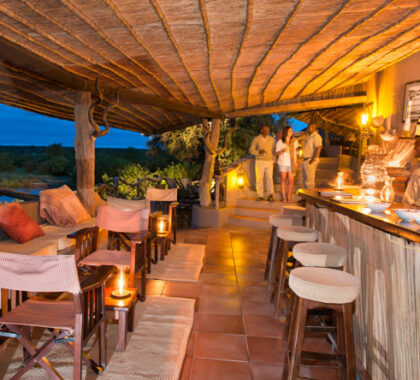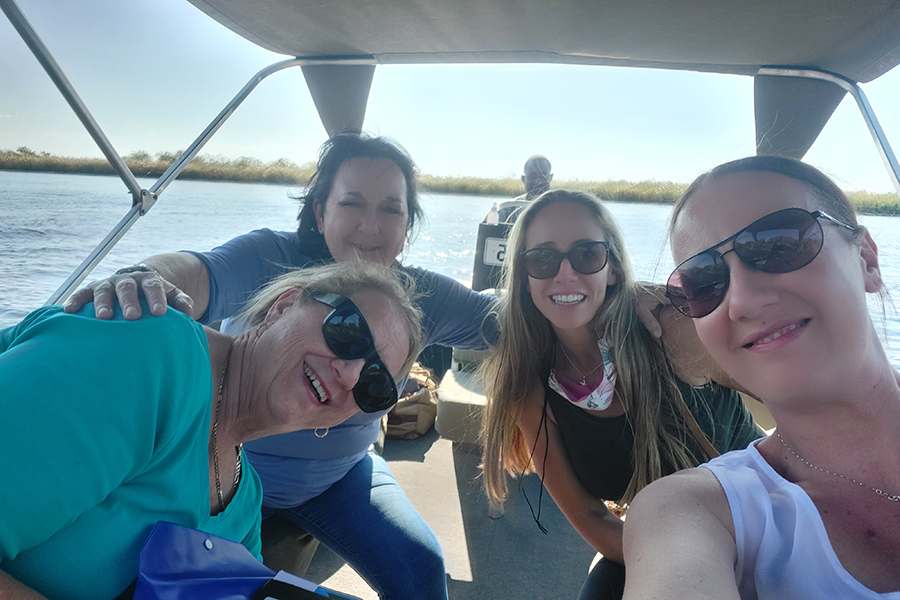Estimated reading time: 7 minutes
Cindy Goeddel is an award-winning, professional wildlife photographer, instructor, naturalist and guide. Published in Planet Earth II, Audubon, National Wildlife, Time and others prestigious journals, she leads photography workshops to Yellowstone National Park, Alaska and Africa.
In Africa, for all of her ultimate wildlife safari sojourns, she works with Go2Africa for our 24/7 on-safari support, and curating African photographic safaris that suit her every need. These are Cindy's five reasons for shooting in manual exposure mode...
1. It Allows Complete Control over Depth of Field, Shutter Speed and ISO
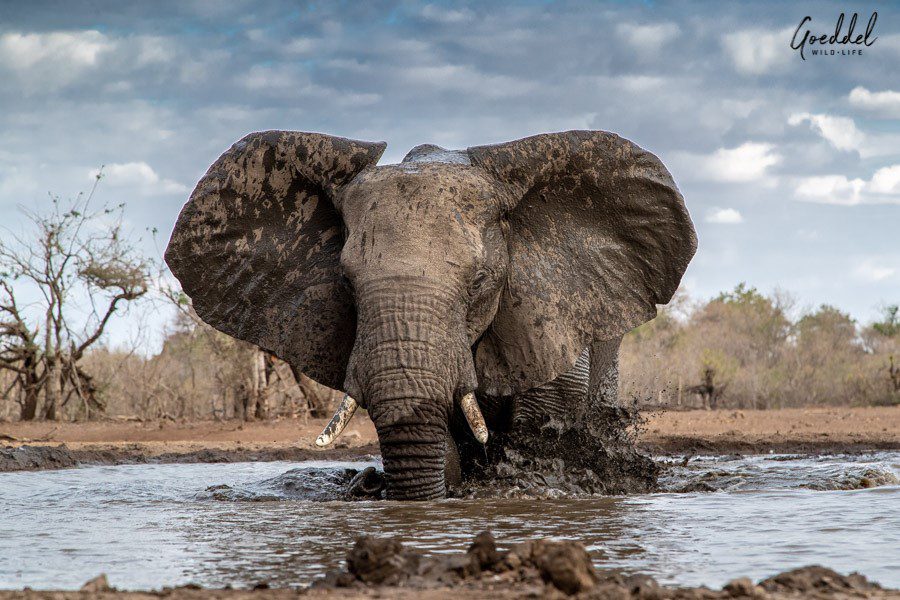
Field, shutter speed and ISO, work together to control how bright or dark your photo is, known as exposure, as well as to change the overall look of the image – what is in focus and what is not. This gives both technical and creative control over each photograph. The decisions are being made by the photographer and not the camera. If your camera is set to a semi-automatic or automatic mode, you are turning your high tech, expensive mirrorless or DSLR into a point-and-shoot camera.
2. Some Lighting Situations are Simply too Difficult for a Camera’s Auto Modes to Handle!


Think backlighting; think a leopard on light foreground in the bright sunlight; think super-low light as the dawn breaks. The camera doesn’t know whether it is more important to expose for detail in the leopard, or to preserve the bright detail in the sunlit foreground or sunrise.
You can’t always get what you want with lighting – compromises must be made. In manual mode a photographer can prioritize and selectively adjust each of the three settings to achieve the necessary exposure. If you allow your camera to guess what element in the frame is your subject, you often end up with an undesired compromise, poor exposure, and a lousy photograph.
3. Learn Every Time you Photograph
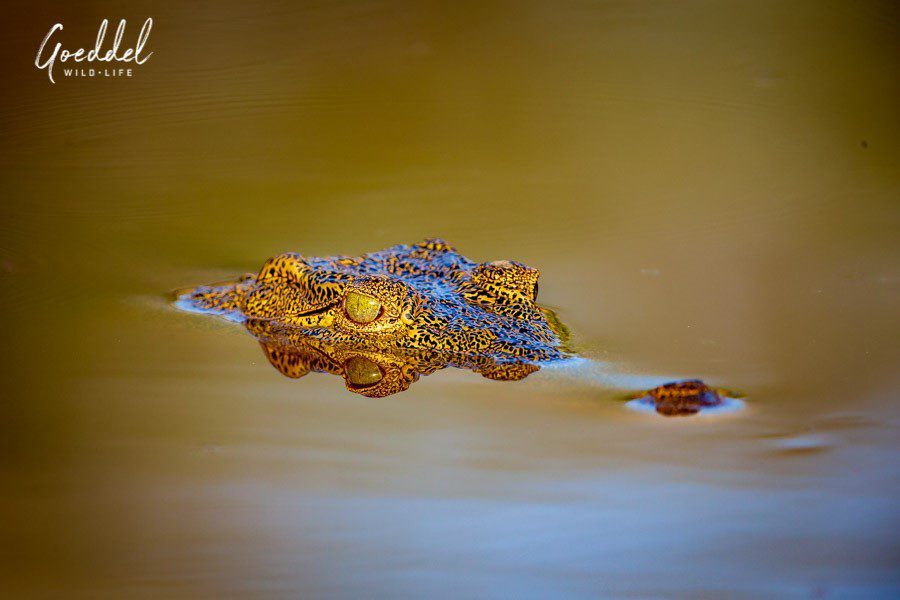

When the light is sub-optimal and you are shooting on manual forces, you have to think about where to compromise to get the best exposure for the chosen subject. You are engaged, thinking, and making decisions about your photographs, taking full control.
You know what minimum shutter speed is necessary for sharp wing tips. You know what is the highest ISO that you can use and still get a useable image. You know what aperture you’d like for a specific composition. Shooting on manual allows you to make decisions and compromises based on the results that you want.
4. Shooting on Manual Makes you Pay Close Attention to Light and your Settings


You will become an expert at rapidly anticipating and adjusting your exposure as the light changes. You will learn to be pre-emptive in assessing the lighting and the subject and will pre-plan to get your camera settings set up and ready for the action.
5. When Shooting on Manual you get Consistent and Predictable Exposures
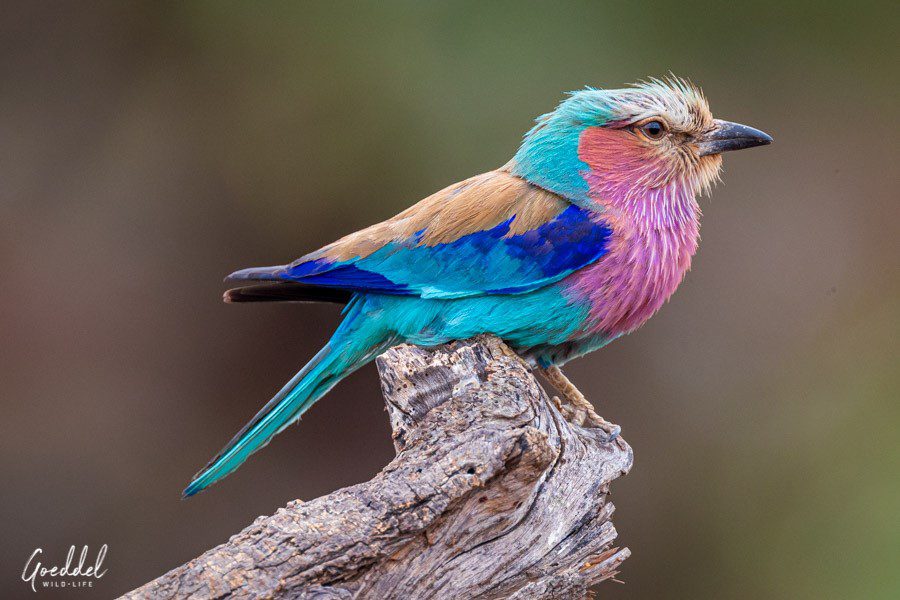

When you rely on one of the auto or semi-auto modes you are gambling every time you release the shutter. If you move the camera, or if your subject moves, or if the lighting or the subject changes, the camera will adjust the exposure. It is possible to take photos of two near identical compositions and get wildly different results if a small factor has confused the light meter – this can create an inconsistent set of images.
For instance, if you are in AV mode photographing a bird on the ground and that bird flies into the bright sky, the camera changes the exposure to prioritize detail in the sky, and your colourful bird is now rendered as a silhouette. If you were in manual mode, the exposure does not change from shot to shot and the bird is still properly exposed. Shooting in manual mode means that your aperture, shutter, and ISO will not change from shot to shot – unless you change them.
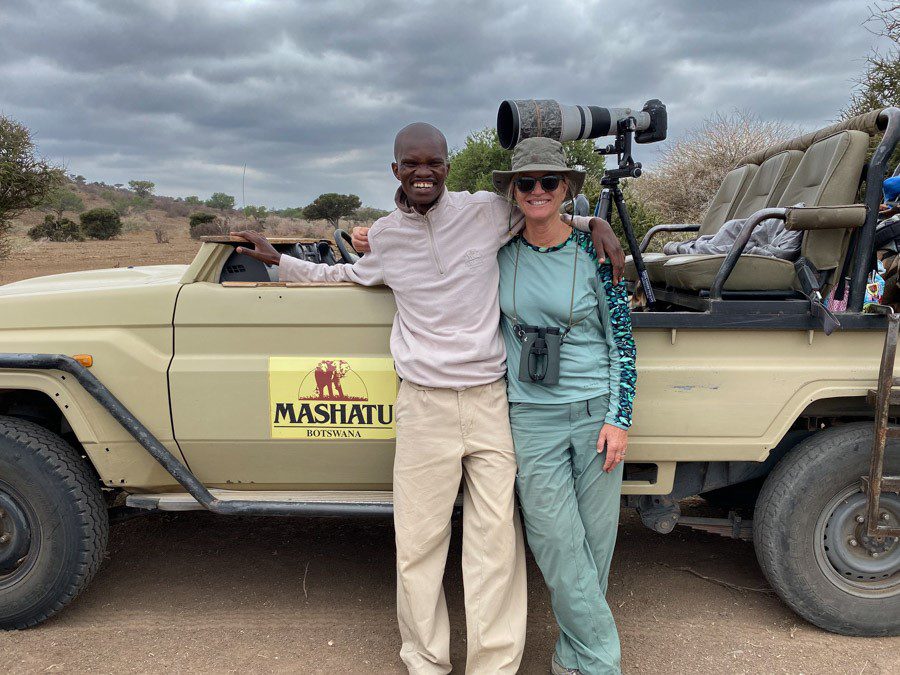

“To master manual mode, you must commit to it at all times! Be sure and practice at home before you head out on safari. Sure, there are scenarios where one might think that AV or TV or P mode might be quicker, but it is easy to forget which mode you are in, and to screw up accordingly. With an auto or semi-auto mode you must also think about exposure compensation to expose properly, i.e. in snow, light sand, etc. All these auto settings, auto ISO included, become confusing and time-consuming when you have to keep changing them. Remember with manual there are only three choices/settings, and it will become natural and intuitive with practice. Stick with it – you will be able to adjust your settings quickly and easily if you do.” – Cindy Goeddel
To experience more of Cindy Goeddel’s work visit Goeddel Gallery.
Ready to Start Planning your Photographic Safari in Africa?
Get in touch with one of our Africa Safari Experts to help tailor-make your next photography safari:

